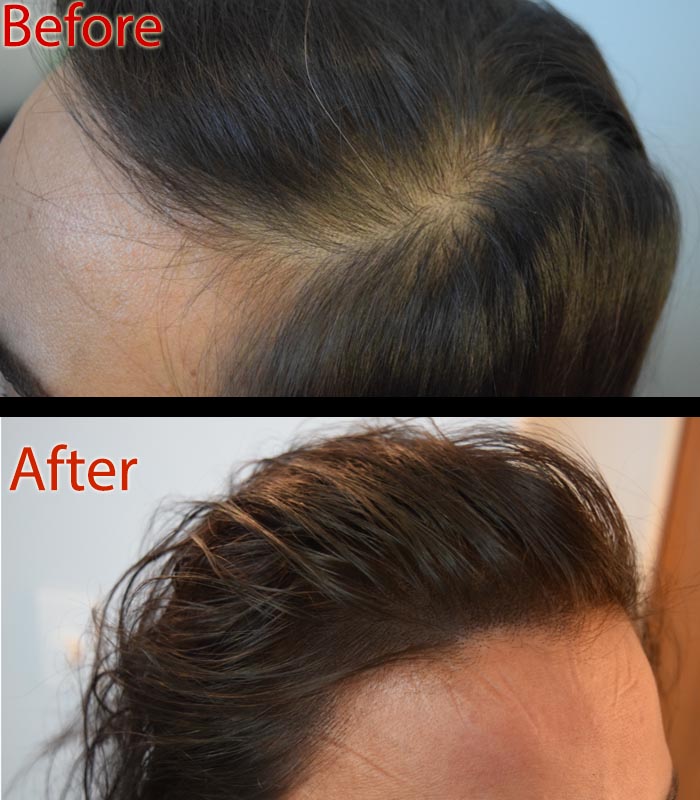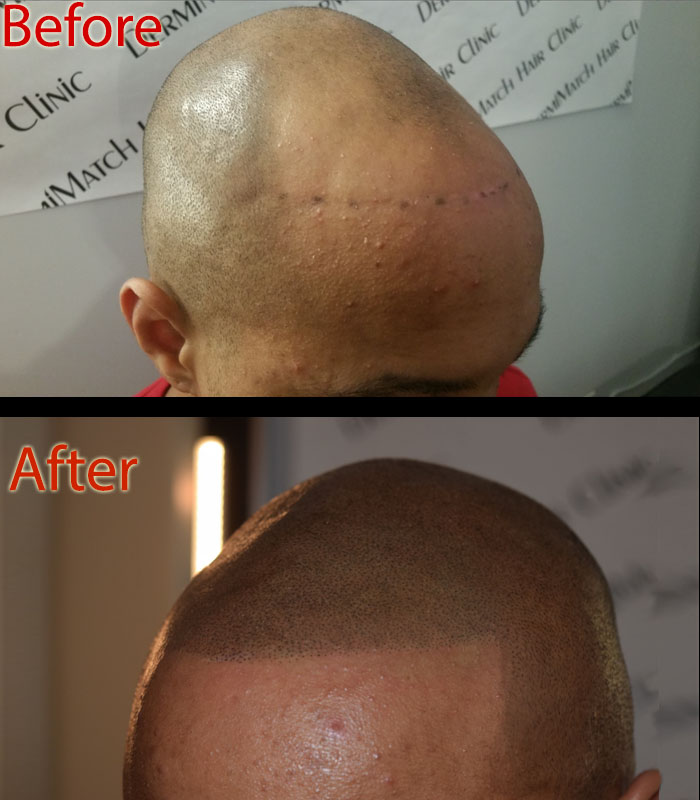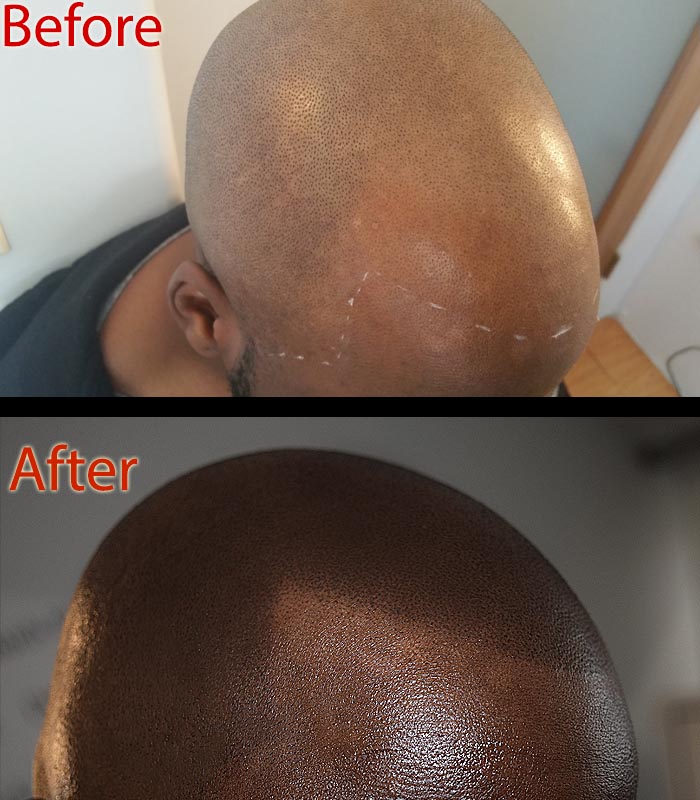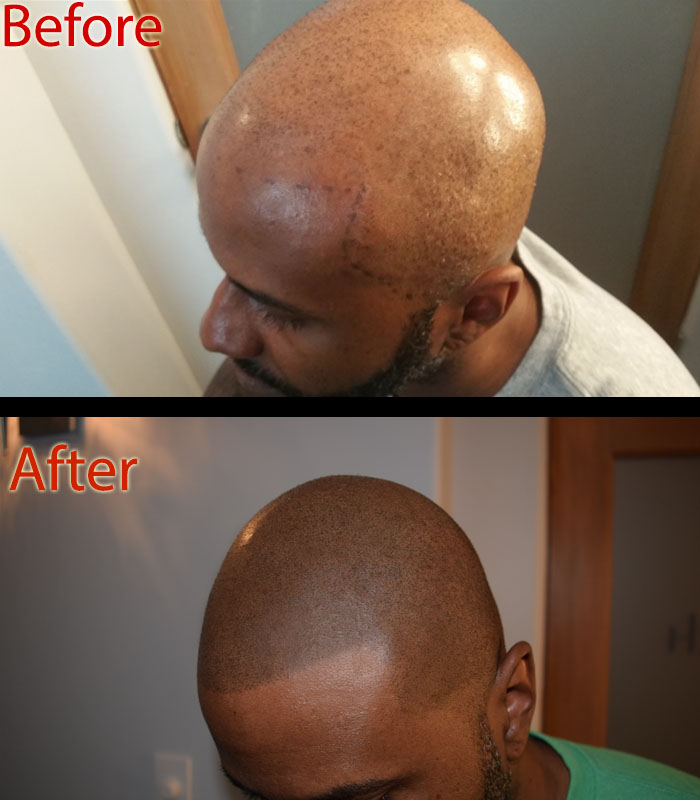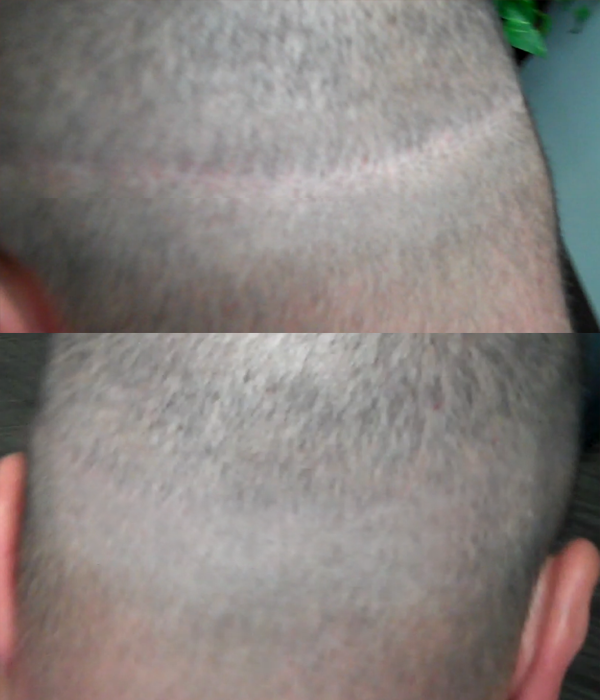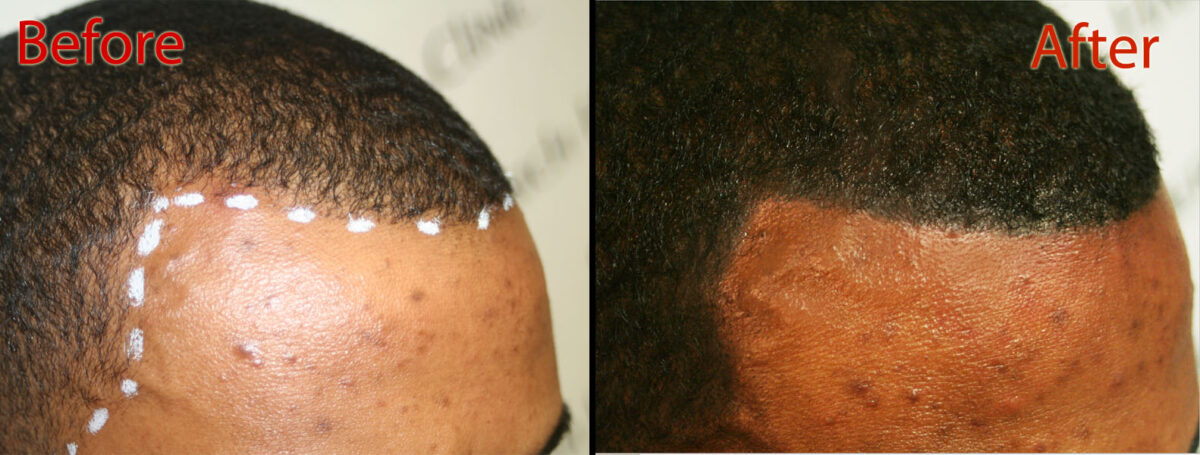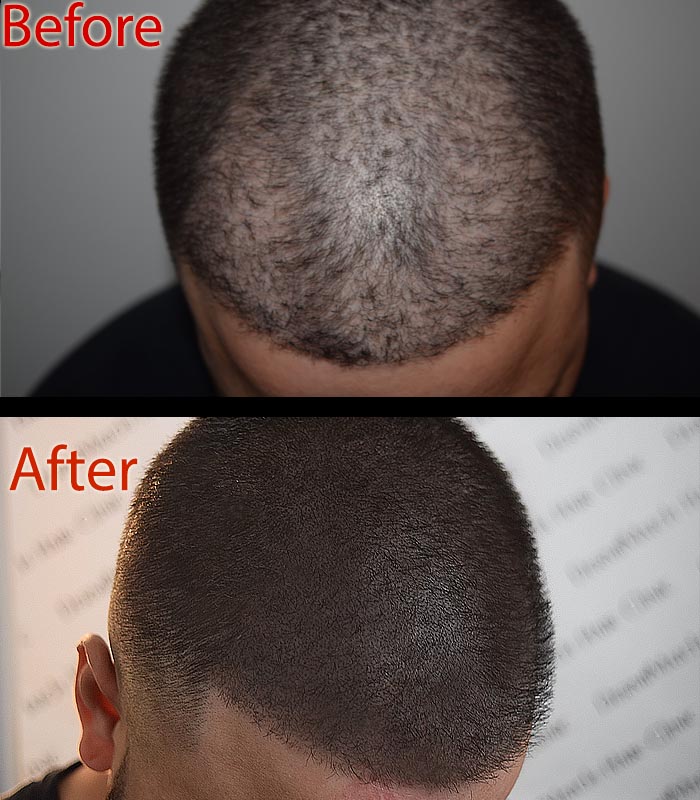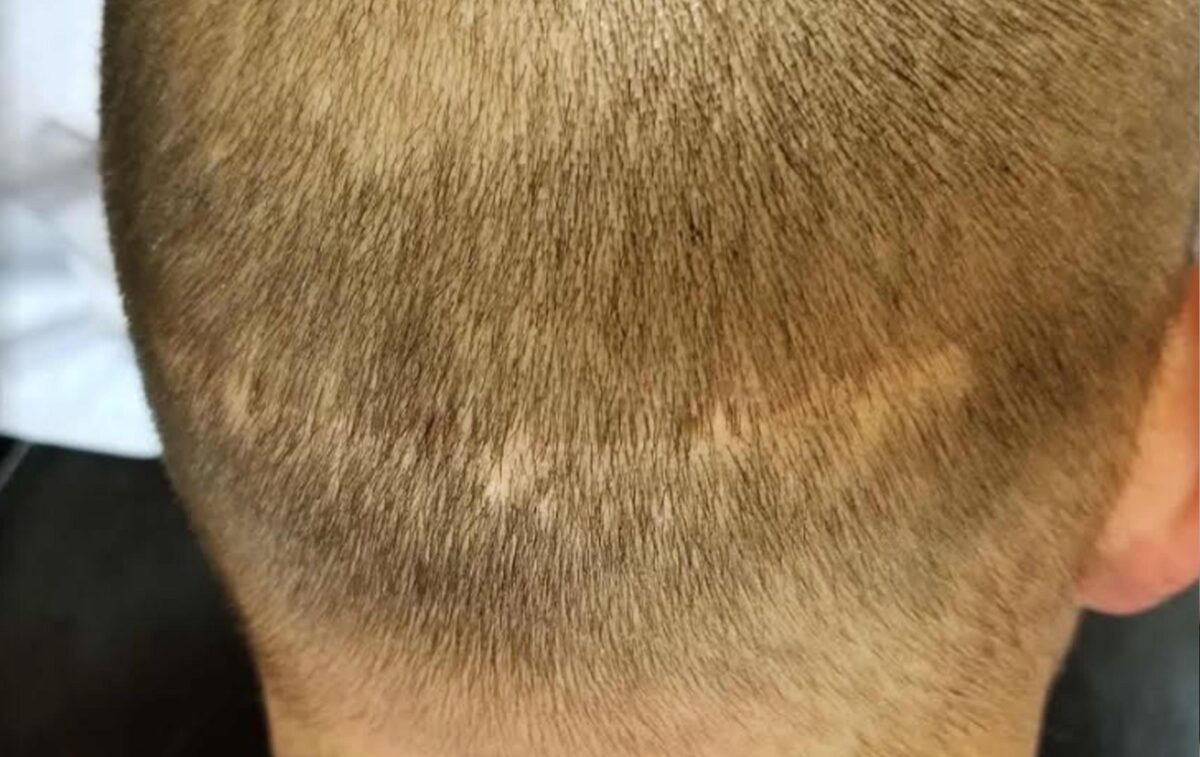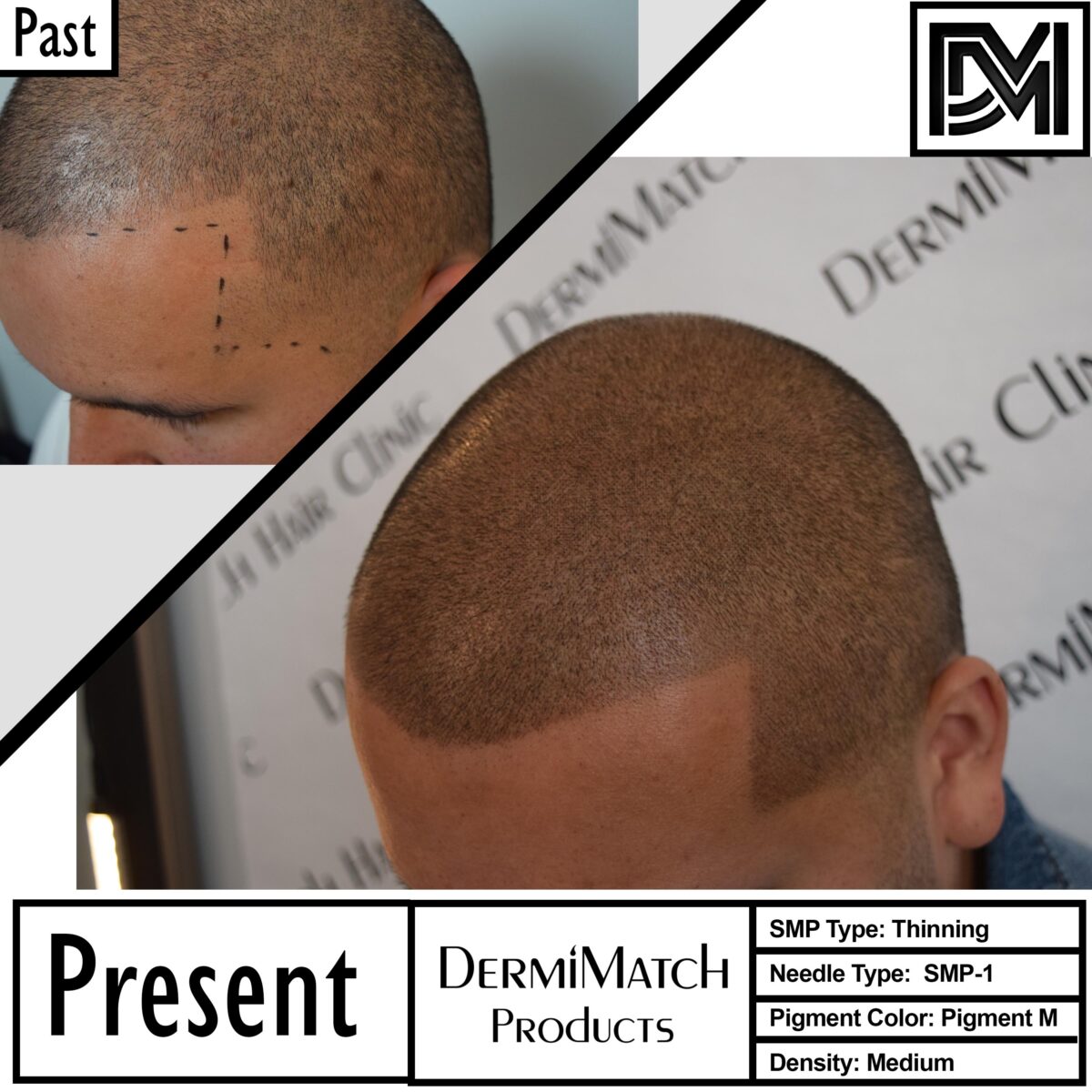Crash diets promise quick weight loss, but attack your hair. When there is a calorie deficit, your body enters survival mode. Hair isn’t essential for survival. Nutrients get redirected away from hair follicles, slowing growth and weakening strands. Many people searching for hair loss remedies don’t realize their diet triggered the problem.
Hair follicles need protein, iron, zinc, biotin, and healthy fats. Crash diets eliminate most of these. The result is thinning, dullness, and excessive shedding. This condition often appears weeks or months after the diet ends, and then you start trying multiple hair loss remedies without success.
Why Crash Diets Cause Sudden Shedding?
Rapid weight loss stresses your body significantly. That stress pushes hair follicles into a resting phase called telogen effluvium. When this happens, hair falls out in large amounts during washing or brushing. People often ask, can crash dieting cause hair loss. The answer is yes, and it happens more frequently than people admit.
Even when normal eating resumes, hair doesn’t instantly recover. The follicle cycle takes time to reset. Many turn to supplements and shampoos, hoping hair loss remedies will reverse the damage. In many cases, density never fully returns to previous levels.
Why Hair Loss Remedies Don’t Always Work?
Hair loss remedies focus on regrowth, not visual density. Supplements only help if follicles remain active. Oils and serums improve scalp condition but cannot replace lost follicles. This is why people ask, why are hair loss remedies not working for me.
Crash dieting can permanently miniaturize follicles. Once this happens, no vitamin or oil can bring them back. This creates frustration, especially when shedding exposes the scalp in bright light or photos. Traditional hair loss remedies address symptoms but cannot fix structural follicle damage.
The Emotional Impact of Diet-Related Hair Loss
Hair loss changes how people see themselves. Confidence drops significantly. Styling becomes stressful. Many people avoid social events or constantly adjust lighting and angles. Searching for hair loss remedies becomes an endless cycle of hope and disappointment.
The stress itself worsens hair loss. This creates a loop that natural solutions cannot break. At this stage, realistic options matter more than promises. People need solutions that work regardless of follicle health.
Why Scalp Micropigmentation Solves What Hair Loss Remedies Cannot
Scalp micropigmentation doesn’t rely on hair regrowth. It restores the appearance of density instantly. SMP places micro impressions that replicate shaved hair follicles, blending seamlessly with existing hair or creating a clean shaved look.
For people suffering from side effects of crash diets, SMP bypasses the follicle entirely. It works whether hair loss is temporary, permanent, patchy, or diffuse. This answers another common question: what is the best solution when hair loss remedies fail? SMP provides a cosmetic solution that looks natural and lasts for years.
SMP Versus Natural Hair Loss Remedies
Hair loss remedies require time, discipline, and uncertain outcomes. SMP delivers immediate visual correction. Remedies may help prevent further loss. SMP fixes what is already gone. Many clients combine both approaches, using hair loss remedies for scalp health and SMP for appearance.
This combination works especially well after diet-related thinning, where regrowth remains unpredictable. The hair loss remedies maintain existing follicles while SMP creates the illusion of fuller coverage.
Choosing the Right SMP Artist Matters
As SMP grows popular, many tattoo artists offer scalp micropigmentation. This creates serious risks. SMP is not traditional tattooing. It requires knowledge of hair patterns, pigment dilution, depth control, and long-term color behavior. Poor SMP looks flat, blue, or unnatural.
An experienced SMP specialist understands hair loss remedies, scalp biology, and cosmetic realism. They design results for aging, lighting, and different hairstyles. Choosing the wrong SMP provider in Arizona can create permanent mistakes that are difficult to correct.
The key is choosing an Arizona SMP expert, not a tattoo artist experimenting on scalps. Skill, specialization, and experience define great outcomes. Hair can be unpredictable. Results should not be. You deserve expert care from practitioners who understand both hair loss remedies and when those remedies reach their limits.
Choose the best scalp micropigmentation Arizona professional at DermiMatch now.

